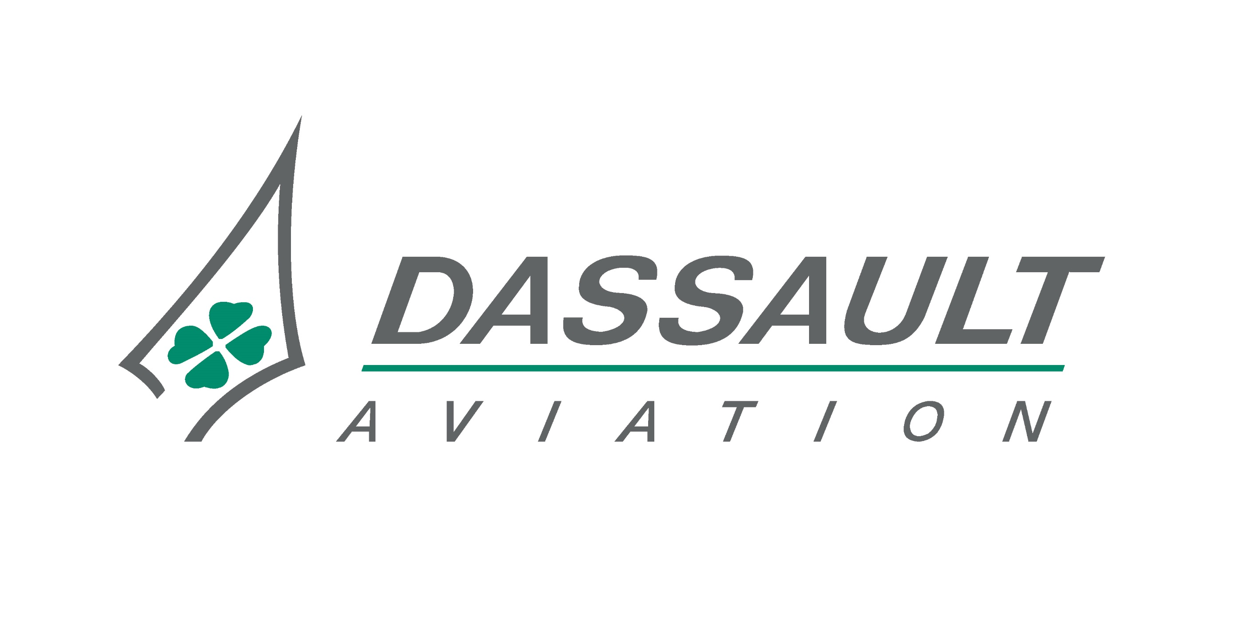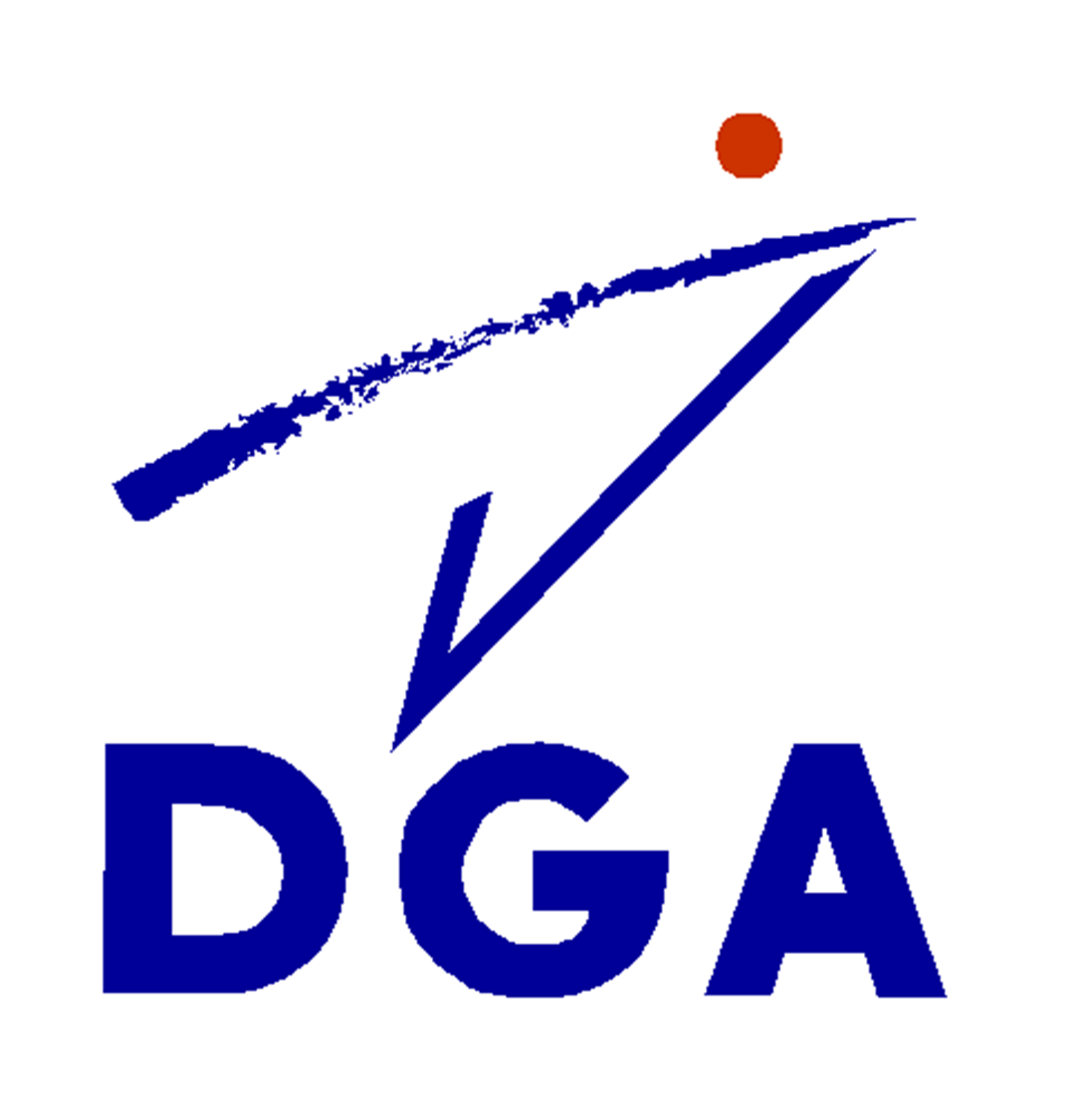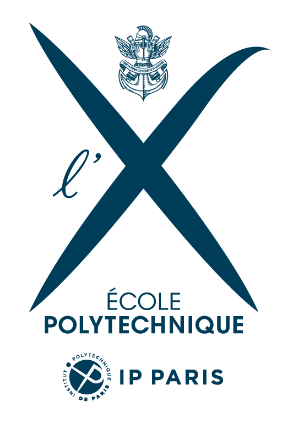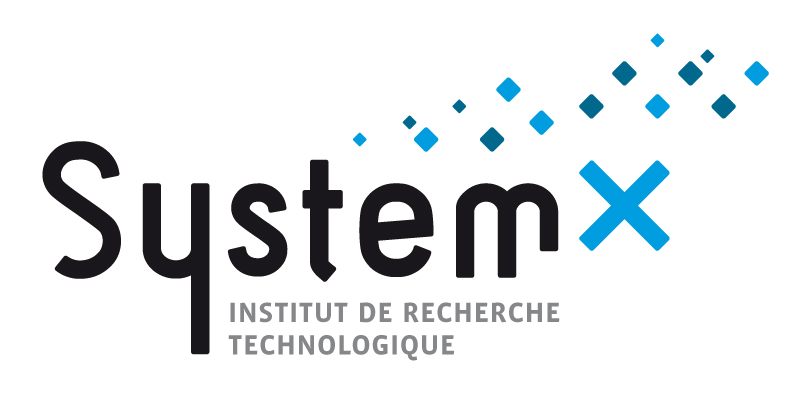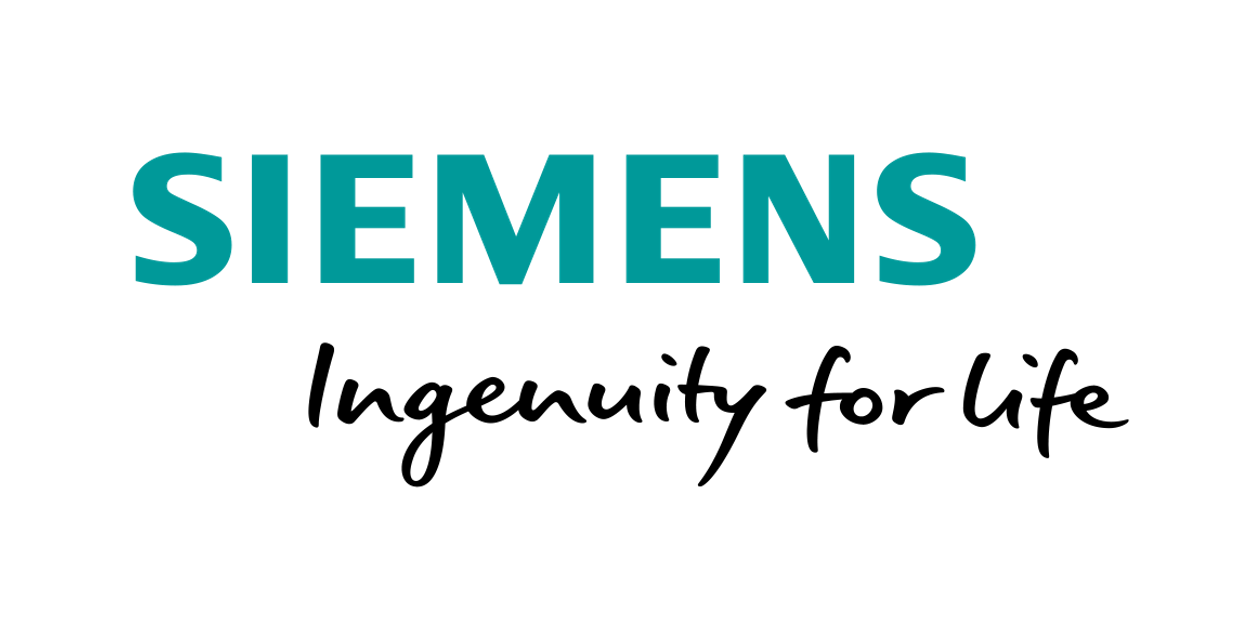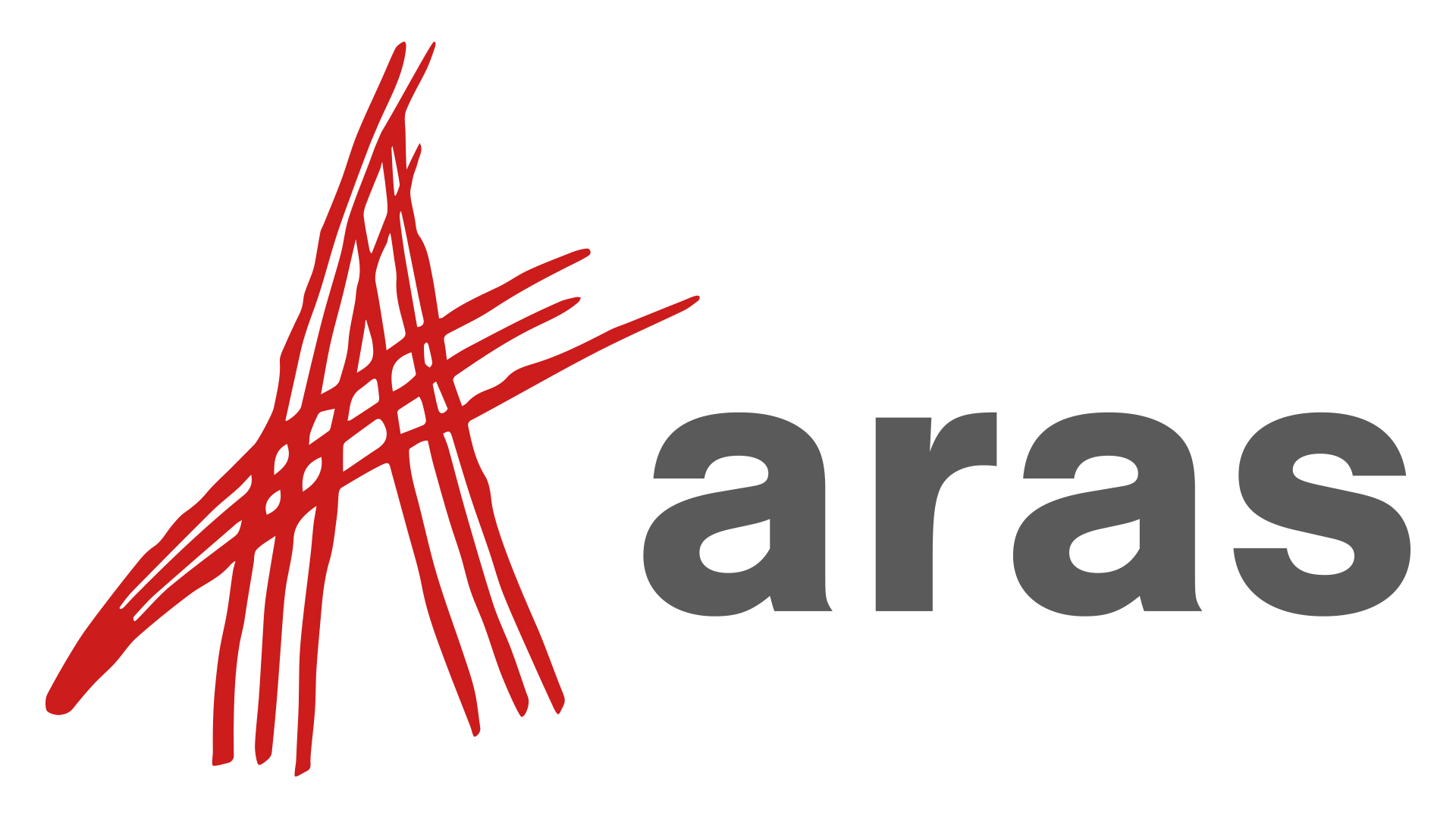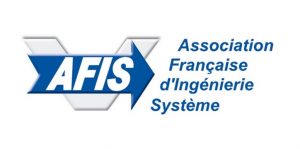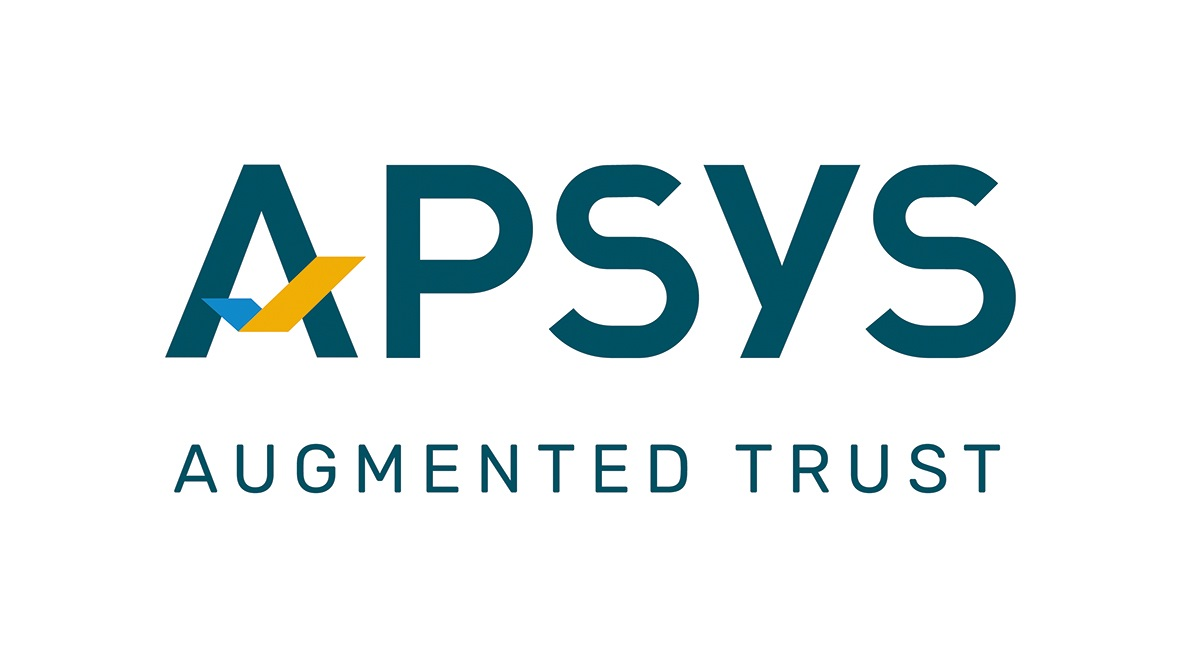Mastering complex engineered systems is a fundamental strategic challenge. Complex Systems Design & Management (CSD&M) conference is a widely open meeting event dedicated to academic researchers, industrial and governmental actors who are interested in complex industrial systems engineering. The event is not limited to the existing specialists of the subject!
The 2-day conference allows since 2010 to discover and share about theories, methods and tools that have been developed to allow to manage the increasing complexity of the technical systems you must design and implement.
Thanks to its past 7 editions, CSD&M has become the conference of reference in the field of complex industrial systems architecture & engineering. This 8th conference will especially covers the theme “Towards smarter and more autonomous systems”
20+
Speakers

System of System engineering and continuous architecture
Systems of systems raise many challenges as they seek to provide additional capabilities through the interoperability of existing autonomous systems :
* How adding capabilities without breaking the existing independent ones?
* How shared management shall be organized?
* How enough autonomy and independency shall be maintained?
Guidance of traditional engineering practices is not enough to handle these challenges. The emerging discipline of continuous architecture attempts to provide a first answer.
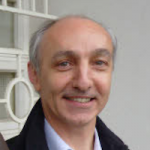

Modeling system modes, states, configurations with Arcadia and Capella: method and tool perspectives
As systems and missions become more complex, the potential combination of modes and states across system, subsystem, and component levels becomes exponential and difficult to master. We present a tool-supported methodological approach for studying and integrating the impact of modes and states on the architecture definition. By using Arcadia method and Capella modeling tool, it allows systems engineers to establish the concepts of configuration and situation as keys to analyzing these impacts.


Model based Engineering in the age of EXPERIENCE
Innovation in the age of Experience means transformations: on product platforms to become business platforms, on engineering to broaden the scope to Systems thinking, accommodating agility, open collaborative efficiency and scalability to new domains and technologies. We will present an exemplary case, inspired by the GAAG (Global Automotive Advisory Group) on Dassault Systèmes 3DEXPERIENCE platform.
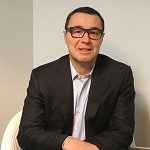

Integrating MBSE and PLM by Aras
While MBSE methodologies are critical to management of today’s system complexities at the system architecture level, it is the integration of MBSE with PLM that allows the benefits of MBSE to be fully exploited throughout detail design and subsequent lifecycle phases. In this presentation Aras will do a demo to show you all the benefits of integrating MBSE and PLM.


Direct democracy as the keystone of smart city governance as a complex system
We consider the smart city not as an addition of « smarties » (technological devices) but as a system capable of evolution all along its lifecycle, described as Urban Lifecycle Management (Rochet 2015) since a city never dies and must be able to reconfigure itself while its internal and external environment changes. The literature on cities as evolving ecosystems (Batty 2015) considers this evolutionary process can’t be steered in top down way, either by a supra rational actor or on a self-regulating basis as claimed by the authors of the first order cybernetics. By integrating all the components of this evolution in the context of iconomics (economics of the III° industrial revolution) we examine why direct democracy appears to be the best drivers for this regulation and what could be its underpinning collective future oriented sensemaking dynamics.


Hidden Structures: Using Graph Theory to Explore Complex System of Systems Architectures
The increasing interconnectivity of complex engineered system of systems (SoS) leads to difficulties ensuring systems architectures are of sufficient quality (availability, maintainability, reliability, etc.). Typically reductionist approaches are used during systems architecting which may fail to provide the desired insights into key relationships and behaviors. New approaches are therefore needed and this work shows how tools from complexity science can be applied. Data from a NATO Architecture Framework complex SoS architecture, based on a Search and Rescue Use Case, is modelled using graph theory. The analysis includes degree distribution, density, connected components and modularity. Such analysis supports architectural decision making such as dependency allocation, boundary identification, areas of focus and selection between architectures. It is shown how the analysis from complexity science can be used to analyze complex SoS architectures, to provide an alternative view, that explores relationships and structure in a non-reductionist, general approach when considering architecture decisions.


Systems Engineering approach for EPR NM Nuclear Power Plant Basic Design project
EDF and AREVA NP have launched in 2015 the Basic Design of a new Nuclear Power Plant (NPP) called EPR NM, a generation 3 NPP, evolution of EPR, aiming at being a competitive product for the French NPP fleet renewal. To improve competitiveness, it was decided to undertake a joint collaborative design within the frame of a Systems Engineering (SE) approach. This paper gives an overview of what is deployed with respect to SE, based on ISO 15288 technical processes and illustrates how SE processes, methods and tools will help master the product complexity along the project lifecycle. The paper also gives an overview and key points of the companies’ transformation project that was required to implement SE approach in a NPP design project for the first time.


A systems engineering approach to ship design
In the recent years, ships have experienced an unprecedented growth in complexity prompted by automation, embedded software and increasingly stringent regulation and customer expectations. Systems Engineering approaches have been designed by industries like aerospace or automotive that were facing similar challenges. Shipyards and academic partners initiated the HOLISHIP project in 2016 to develop integrated methods and tools dedicated to ship design. The constraint is to devise approaches that can be implemented in existing shipyards quickly and at limited costs - including limited training costs for experimented ship designers. This paper describes an attempt, based on SysML, to bridge the gap between established systems engineering methods and naval architecture standards. SysML is used as a starting point and then adapted to fit the needs of the shipbuilding industry. The resulting systems engineering approach focuses on the physical description of the ship system. It combines system architecture diagrams that are a cross between traditional Product Breakdown Structures and SysML Internal Block Diagrams; standard SysML State Machines; and “operational scenarios” that are used to make a link between these diagrams. The bottom-line concepts of systems engineering are preserved yet the extremely reduced semantics render the approach easy to learn for ship designers, making it a promising step towards Systems Engineering tools and methods for ship design. This project has received funding from the European Union’s Horizon 2020 research and innovation programme under grant agreement n° 689074.


Industrial Big Data Practice for Power Generation Plant Energy Efficiency Optimization
In recently practice for an aged China coal-fired power plant, a systematic framework applying big data methods for energy efficiency optimization was proposed. To discover how big data methods could add unique and differentiated value by comparison to traditional analytic methods used for years in power generation industry, three specific topics were identified as pilot showcase. The business results proved that big data analytic methods could be applied not only in discrete consumer products industry, but also in complex process industry and have great potential to bring huge value. However, the availability of high quality data, capability of extended data capturing and continuous accumulation of historical data are key barriers to impact success of industrial big data analytics.


Formation in networks of mobile robots
This work addresses the formation problem of networks of mobile robots with evasion of collisions based on complex systems theory. In particular, formation of five differential mobile robots connected in star topology is presented, using the linearized and controllable model obtained by dynamic feedback of the kinematic model of a differential mobile robot. Different tracking trajectories are designed for the master mobile robot, achieving the tracking in the formation of a group of slave mobile robots avoiding collisions. Numerical and experimental results are provided.


Conclusion day 2


Offer elaboration and selection under uncertainty using a multi-criteria approach in a bidding process
In a bidding process, bidders have to define and estimate potential solutions relevant to the customer’s requirements. Afterward, based on several criteria (e.g. cost, due date), they have to select the most interesting solution to be sent as an offer to the customer. However, the lack of complete and accurate information makes the estimation imprecise and uncertain. Therefore, in order to help the bidders to select the most interesting solution, a multi-criteria decision making approach that takes into account imprecisions and uncertainties is required. In this paper, we propose a method based on two kinds of dominance relations. First, based on the possibility theory, a mono-Criterion Dominance Relation (mono-CDR) is established between each pair of solutions. Then, based on the mono-CDR, the multi-Criteria Dominance Relation (multi-CDR) is defined and the Pareto front, which takes into account imprecisions and uncertainties, is determined. An illustrative application is performed in order to show the applicability and effectiveness of the approach.


Model Driven Safety Case for Nuclear Equipments


An Applied Knowledge Framework to Study Complex Systems
The complexity of knowledge production on complex systems is well-known, but there still lacks knowledge framework that would both account for a certain structure of knowledge production at an epistemological level and be directly applicable to the study and management of complex systems. We set a basis for such a framework, by first analyzing in detail a case study of the construction of a geographical theory of complex territorial systems, through mixed methods, namely qualitative interview analysis and quantitative citation network analysis. We can therethrough inductively build a framework that considers knowledge entreprises as perspectives, with co-evolving components within complementary knowledge domains. We finally discuss potential applications and developments.


Definition and verification of functional safety concepts for the definition of safe logical architectures
Evolving customer expectations, particularly growing concerns for safety, and the development of autonomous vehicles imply the development of many interconnected functions. To meet the expectations of system performances and to respect safety standards like ISO 26262, systems engineering and safety analysis have to be better integrated. In this paper we propose a conceptual framework and a method to define and verify the functional view of the logical architectures from a safety point of view.


MBSE Driven IoT for Smarter Cities
The future of the Internet of Things (IoT) success, including technology advancements and revenue generating potential across the business spectrum, is dependent on the application of robust Systems Engineering processes, methods, and tools. Without Model Based Systems Engineering (MBSE), the complexity involved in the design, development, and deployment of IoT systems would require system and operational providers’ resources. Regardless of any industry standards, IoT systems cannot be built in a vacuum. Technology advancements in consumer products will continue to evolve to facilitate connection to IoT networks. This will be the catalyst for driving entire infrastructures changes to: federal, state, city, and local authorities and governments; product development companies; utility and service providers; and even to consumers. The infrastructure and management setup needs to be adopted prior to create smart systems. Such smart system will be shown in this paper by a traffic management system and its connected systems, as well as how a MBSE approach can help.


The trend towards autonomous systems
Marko Erman graduated from Ecole Polytechnique, Paris and from Ecole Nationale Supérieure des Télécommunications. Marko was Chief Technical Officer & Vice President Strategy, Optronics, and Director of the Optical Systems Department for Alcatel. Marko Erman joined Thales in 2003. Marko served as Director of Research & Technology of the Land & Joint Systems Division and Chief Technical Officer for Thales.


The global need for smarter and more autonomous systems
After engineering studies, Ms Donzel-Defigier joined the French General Directorate for Civil Aviation (DGAC) as deputy head of the French airlines and public intervention office, the office in charge of French airlines’ economic regulation, leasing and code/share authorisations and managing Public Service Obligations (PSO) routes.Then, she headed the office responsible for organising and coordinating the ramp inspections programs in France (SAFA/SACA/SANA), technically assessing third-country operators (TCO) and overseeing French operators’ management system (SMS, QMS) and co-responsible for managing the oversight programme of French airlines. She was France’s SAFA/SACA National Coordinator.She is now deputy head of the aeronautic industry department, which defines and implements the French policy to support aeronautical research and development. She also coordinates, as general secretary, the work of the Civil drones council.


Airbus Autonomy Roadmap
Pascal is General Manager for the Autonomy Thrust at Airbus. A “thrust” represents a top technical focus area for the R&T and innovation community across Airbus. The General Manager creates a vision and coordinates activities accordingly.Before his nomination in May, Pascal was coordinating Airbus Commercial R&T activities related to the cockpit and flight operations. Earlier in his carrier, Pascal participated in the A320/A330/A340/A380 Fly-by-Wire developments, certification harmonization with FAA and EASA, management of Airbus safety activities and even of qualities activities in the A380 Final Assembly Line. Pascal has Master and Doctorate’s degrees in embedded systems from N7 and conducted research in LAAS and UCLA.


Open Discussion “Autonomous Systems and Artificial Intelligence: Myth or reality?”
At CSD&M, we encourage the confrontation of ideas between peers. The open discussion enables to share different/complementary views between our invited experts and you, participants!


The Maritime Journey Towards Autonomy
Anita Teo is the System Design Technical Lead responsible for design methods and standards related to Maritime Remote and Autonomous Systems.She has held various industry technical and strategic roles in her career across a number of sectors including maritime, aerospace and the energy sector. Her career history includes Technical Lead of multi-disciplinary and highly specialised Future Product Concepts Special Task Force, Team Leader responsible for the design, development, implementation and the delivery of more electric system architectures and Technology Acquisition Lead responsible for the identification, integration and delivery of the Electrical Systems technology and capability. She has system design and system engineering experience. She frequently involved in national, regional and international external collaborative partnership including steering, leading and chairing expert group or technical committee.She also serves as technical industrial expert adviser to various research, development and innovation working groups such as the European Sustainable Shipping Forum, the UK Marine Industries Leadership Council Technology and Innovation Group, and the UK Maritime Autonomous Systems Council to support the development of maritime technology roadmap and research agenda.She holds an engineering degree and a PhD in Electronics and Electrical Engineering as well as a Global MBA degree from the University of Manchester.


Safe Automated Driving on Highways - Beyond Today’s Autonomous and Connected Vehicles
Safe automated driving rests on safety-critical (SC) inter-vehicular (IV) coordination. Safety criticality is defined unambiguously via the Bounded Move requirements. We show that today’s autonomous vehicles and upcoming connected vehicles fail to meet these requirements by huge margins. We present a cyber-physical construct, IV communication protocols and IV agreement algorithms that achieve SC IV coordination in highway autonomic vehicular networks. Worst-case termination time bounds of protocols and algorithms are given, which allows for checking that the Bounded Move requirements are met. These solutions lay the ground for novel standards specifically aimed at safety. Interestingly, they also meet privacy requirements. Some open problems raised with automated driving are put into perspective.
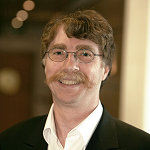

Autonomous driving : a major disruption for automotive industry
Dipl.-Engineer, Remi Bastien is Vice President for Automotive Prospective at Renault Groupe, reporting to the EVP engineering. He joined Renault in 1982, where his areas of responsibilities increased to include powertrain engineering on environment, performance and electronics until 2002. As Vice President (2002-07), he was in charge of EMS development and calibration for powertrain, later becoming Deputy to the SVP for powertrain engineering until 2008. He was Chairman of Electronic and Automatism of the RENAULT network (2006-09 cross functional responsibility). He became Vice President for Research and Innovation for RENAULT Group (2009-15), before becoming Global Director for Autonomous Driving Prospective at the Renault/Nissan Alliance (2015-16). He is Chairman of VEDECOM (French cooperative research institute), Delegate general and Treasurer of FISITA, Member of the Automotive Research Council of the French Automotive Platform and also Member of the EUCAR council (former chairman in 2012).


Managing an Industrial Software Rearchitecting Project With Source Code Labelling
Legacy software systems are valuable assets for organisations. From time to time, renewing legacy software system architecture becomes necessary in order to offer them a new future. Rearchitecting a complex legacy software system is a difficult task. It involves understanding and aggregating a large set of data (the entire source code, dependencies, etc.). Understanding a software system is a matter of identifying the concepts that are implemented in the source code and organizing these concepts in a shared logical view of the system (e.g. an architectural view). This paper presents the approach used in a real industrial rearchitecting project of a complex legacy software system. We explain how concepts were modelled and mapped to the source code through entities called tags. We show how these tags were used by engineers and what tools were created to help them.


Risk management strategy for uncertain systems: Decommissioning of Fukushima Daiichi nuclear power station
Risk management strategy for uncertain systems is proposed and applied to Fukushima Daiichi decommissioning project. It is an uncertain work on which public have significant concern. There exist several risk sources which importance is different in terms of hazard potential and confinement performance. A priority of each risk source is evaluated. Retrieval of fuel assemblies from a spent fuel pool is highly prioritized. Four principles and three risk metrics are defined in the risk assessment. A success path is developed and possible threats are identified for technical/societal/management aspects. As knowledge is limited on the current situations, the decommissioning is performed with wide-scope and long-term perspective. The risk assessment and management process needs to be updated as the most recent information and knowledge on the systems become available.


What is the future of engineering for a connected world?
Hidekazu Nishimura is a Professor at the Graduate School of System Design and Management at Keio University, where he leads and supports systems engineering activities of companies in Japan. His research focus is on systems safety and automated driving systems.
Awards :
* IBM Faculty Award on “Model-Driven Systems Development for Collaborative and Distributed Product Engineering in 2008/06.
* Pioneer Award of Dynamics, Measurement and Control Division, Japan Society of Mechanical Engineers, 2006/09
Academic Affiliations :
* Chief Editor, Journal of System Design and Dynamics in Japan Society of Mechanical Engineers since July 2006
* INCOSE
* IEEE/ASME Transactions on Mechatronics
* IEEE Transaction on Control Systems Technology
* IEEE Control Systems
* Advanced Robotics
* Review of Automotive Engineering
* Journal of Sound and Vibration
* Journal of System Design and Dynamics (JSDD)
* Japan Society of Mechanical Engineers (JSME)
* Society of Automotive Engineers of Japan (JSAE)
* Architectural Institute of Japan(AIJ)
* Robotics Society of Japan (RSJ)
* Society of Instrument and Control Engineers (SICE)
* The Institute of Systems, Control and Information Engineers (ISCIE)


Systems Engineering as a competitive strategy
Today, more and more companies are transforming themselves, going from silo processes to enterprise value creation chain processes, holistically embracing every single value stream composing them.
System Engineering and Virtual Experiencing are at the forefront of this enterprise and extended enterprise enablement, helping companies create new innovation streams and augment competiveness strategies. In this presentation we will present a few cases, highlighting motivation for System & Model Based transformational processes realized on Dassault Systèmes 3DEXPERIENCE Platform.


MBSE adoption challenges and best practices
Model Based Systems Engineering, MBSE, is a key trend in our community, whether we are analysts, architects, developers or testers. We now have a language, henceforth standardized under ISO-19514: SysML. However a number of challenges such as moving current engineering activities from document based to model-based approach may slow down MBSE adoption. In this presentation we describe a typical deployment scenario for making MBSE the new SE at the organization level.


System Engineering to foster innovation for the smart age
Disruption is everywhere. Not only systems, but also businesses, organizations and even society need to be smarter. At the highest level, digitalization of legacy processes is no longer the big magic bullet. It is critical to re-engineer systems, processes and organizations by hybridizing multiple perspectives. With its smart innovation software portfolio, Siemens offers the Digital Twin across the entire value chain – for products, production and overall performance. System Driven Product Development (SDPD) provides a scalable approach for System digital twin, by leveraging in a holistic approach key mechatronics expertise (software, electronics, harnesses, simulation, mechanics…).
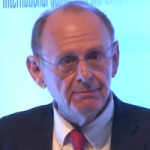

Smart Energy: the world's largest and most complex machine
Richard Schomberg is currently IEC Ambassador for Smart Energy, Chairman of IEC Smart Energy System Committee, and of “Smart Grid User Interface” Committee (PC118), www.iec.ch/smartgrid/ .
Recipient of the IEC 2011 Lord Kelvin award, he has designed billion dollars complex systems for critical operations. He has been for 6 years Professor of Master degree System Engineering at Ecole Superieure d’Electricite (Paris), and Chair of the Intelligrid Architecture and Strategy Committee (Electric Power Research Institute – recipient of the Chauncey Starr Award 2005). He has been appointed member of the Technology Advisory Board of Southern California Edison Smart Grid and “SmartConnect”, Emeritus member of the US DoE Gridwise Architecture Council (GWAC). Past Chair of the NIST SGIP T&D Domain Expert Group.
Richard Schomberg had the responsibility of EDF R&D activities in North America (strategic innovation partnerships with scientific/industrial players). He has been sourcing and transferring innovations to EDF Group in Europe. He is currently in charge of developing strategy and coordination on Smart Energy Standardization activities across EDF Group.
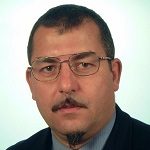

Architecture Framework Driven System Synthesis for Intelligent Autonomous Systems
Omar Hammami is a Professor at ENSTA ParisTech, France and an expert in complex systems and system engineering. He has served as an expert for projects evaluation for several international organizations in the field of system engineering with applications in transport and energy, organizations and value chains in semiconductor and embedded systems.
Omar Hammami has published over 200 papers in international conferences and journals in the fields of computer science and system engineering for complex systems. He is involved on a regular basis in the organization of several conferences and events worldwide related to large scale systems. He is actually involved in MENA region for Large Scale System Engineering projects. He holds a Phd in Computer Science from Toulouse University, France and a HDR in Physics from Orsay University, France.
His research interests are in Theoretical Foundations of System Engineering and Multidisciplinary Optimizations.
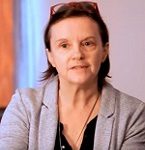

Autonomous Vehicles: A Game Changer For Urban Mobility
Véronique Berthault is the Autonomous Transport Program Director at RATP.
The RATP Group, also known as the Régie Autonome des Transports Parisiens (English: Autonomous Operator of Parisian Transports) is a state-owned public transport operator headquartered in Paris, France. Formed in 1948, the group has its origins as the public transport operator for the city of Paris. Its logo represents, in a stylized version, the Seine’s meandering through the area around Paris as the face of a person looking up.
Today RATP is still responsible for most of the public transport in Paris and its surrounding Île-de-France region, including the Paris Métro, tram and bus services and part of the Réseau Express Régional (RER) network. In the Île-de-France region, RATP carries about 3 billion passengers per year.


Opening of CSD&M Paris 2017
The first day of CSD&M Paris 2017 is opened with the welcoming words of the General Chair, the Organizing Committee Chair and the Program Committee Co-chairs.

Dear Colleagues, Dear Guests,
The 8th edition of the international conference “Complex Systems Design & Management” will take place on December, 2017 in Paris. This event was created by the French Center of Excellence on Systems Architecture, Management, Economy & Strategy (CESAMES). CESAMES believes that mastering complexity can only be achieved with a strong and true cooperation between all key stakeholders (academic, industrial and governmental actors). We look very much forward to see you in December!”General Chair, Institute Professor (Ecole Polytechnique - FR), President of CESAMES and INCOSE Fellow

